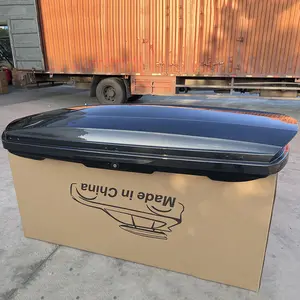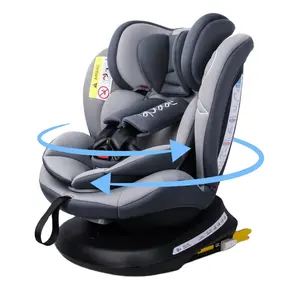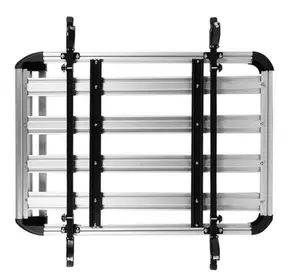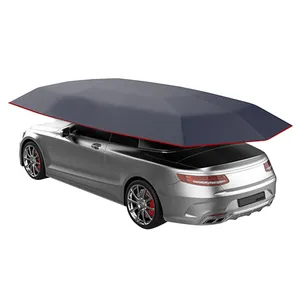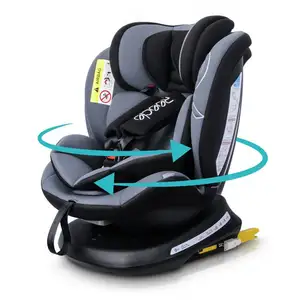Popular in your industry
































































Related Searches:




















































































































































Top categories
About car sound dampener
Introduction
Noise pollution from vehicles is a significant concern, impacting not only our comfort but also our health. With the constant hum of engines, the blare of horns, and the rattle of loose parts, our cars can often feel like sources of stress rather than the sanctuaries they should be. But what if there was a way to reduce this noise, to create a quieter, more peaceful driving experience? Enter the world of car sound dampeners. These innovative materials work to absorb vibrations and reduce noise within your vehicle, transforming your daily commute into a serene journey. This article will guide you through understanding car noise, the different types of car sound dampeners, and how to choose the best one for your needs.
Understanding Car Noise: Sources and Effects
Noise pollution from busy roads is nearly as harmful to our health as air pollution. Urban noise pollution, primarily from cars, causes a variety of psychological, cardiovascular, and other health disorders. The sound of a car horn, a vehicle with a loud muffler, or even an average sedan can activate our 'fight or flight' response, pumping our bodies full of stress hormones. Continuous noises like these can trigger these hormones even when we sleep, preventing our brains from entering the most restful stages of rest. Even low-level noise pollution can be profoundly dangerous, and our roadways are constant sources of sonic disturbance.
What is a Car Sound Dampener?
A car sound dampener is a material that reduces the vibrations and noise in a vehicle. It works by acting as a shock absorber, resisting the flexing of the metal and taking energy out of the vibration. This process reduces the vibration energy that can be transmitted to the air, thereby reducing noise. There are various terms used to describe this process, including deadening, damping, and dampening, all of which refer to the reduction of noise in a vehicle. A good sound dampener effectively pulls out the vibrational energy, reducing the noise.
Types of Car Sound Dampeners
Car sound dampeners come in various types, with the most common being butyl and asphalt-based mats. Butyl mats are preferred due to their heat tolerance and lack of odor, attributed to the strong chemical bonds between its molecules. They are also lighter, making installation easier. Asphalt, on the other hand, can emit a rubbery odor due to its lower melting point. Another type of dampener is foam-based, which is effective at reducing reverberations and is ideal for countering excessive engine rattling. These materials can either block or absorb sound, depending on the source of the noise.
Bitumen-based Dampeners
Bitumen-based dampeners are made from elastomer-modified bitumen. They are known for their excellent insulation properties, reducing both air-borne and solid-borne noise. These dampeners are often used in technical applications, vehicles, and machines to eliminate vibrations and drumming of sheet metal and metal parts. They have a self-adhesive rear face that simplifies installation. However, for vertical surfaces or ceilings, additional mechanical fixation may be necessary.
Foam-based Dampeners
Foam-based dampeners come in two types: open cell and closed cell foam. Both are effective insulators, especially in vehicles, but they have different strengths. Open cell foam is soft, pliable, and absorptive, making it a superior acoustical absorber. Closed cell foam, on the other hand, is more rigid, durable, and water-resistant, making it a passable acoustical barrier. Depending on the specific needs and areas of your vehicle, you may choose one over the other. For instance, open cell foam is perfect for areas where it can absorb sound waves, while closed cell foam is great for insulating and sound isolating.
Mass Loaded Vinyl Dampeners
Mass Loaded Vinyl (MLV) is a highly effective car sound dampener. Known for its superior sound reduction capabilities, MLV is available in different weights, typically 1 LB and 2 LB per square foot. This flexibility allows for customization based on your specific noise reduction needs. MLV is recognized in the soundproofing community for its performance and quality, making it a top choice for both DIY enthusiasts and professional acoustic engineers. It's an all-around soundproofing product that can significantly reduce car noise, enhancing your driving experience.
How to Choose the Best Car Sound Dampener
Choosing the right car sound dampener is crucial for achieving your desired results. First, identify what you want to achieve, such as reducing road noise, improving acoustics, or insulating against temperature extremes. Next, determine which parts of the car to treat. The type and volume of materials needed will depend on these factors. Consider checking out best-seller charts on platforms like Alibaba to choose a manufacturer. Reviews can provide practical information about the effectiveness of different materials.
Consider Your Noise Source
Understanding the source of car noise is crucial when choosing a sound dampener. Often, there could be multiple noises from vehicles. The noise could be from worn bushings, loose bolts, or misaligned components, especially if the vehicle has been involved in an accident. Sometimes, 'loose articles' like a jack in the trunk or a battery can cause a thump on abrupt stops or turns. Using an electronic listening device can help pinpoint the source of the noise, saving a lot of time and making the problem easier to identify.
Evaluate Material and Thickness
When evaluating the material and thickness of car sound dampeners, consider principles like deflection, absorption, and decoupling. Deflection is achieved by adding mass and density to structures, making materials like concrete or dense boards effective. Absorption involves using open cell woven materials, which soak up acoustic energy. Decoupling reduces direct mechanical linkage between structures, interrupting sound vibrations. Some materials convert sound energy into heat energy, offering unique soundproofing. Constrained layer damping uses specific materials to reduce resonant frequencies. Remember, combining different methods often yields the best results.
Check for Ease of Installation
Installing a car sound dampener involves a few straightforward steps. First, remove the upholstery to expose the bare sheet metal and clean it thoroughly. Next, cut the sound deadening material to the desired size. Peel off the paper liner and adhere the material to the surface, using a hand roller to remove any air pockets and ensure a proper bond. The quality of adhesion is crucial for effective vibration damping. For tight areas, cut the sheets into smaller pieces. Always remove air bubbles with your hand roller to ensure the mat is firmly adhered.
Price vs. Performance
The selection of soundproofing materials is a primary determinant of cost. High-quality materials, such as premium sound-deadening mats and specialized soundproofing sprays, tend to come with a higher price tag. While these materials offer superior noise reduction and durability, more budget-friendly alternatives exist that still provide effective results. The choice between quality and affordability shapes the overall cost of the soundproofing project. The decision to embark on a do-it-yourself (DIY) soundproofing project or hire professionals introduces a significant cost variable.
Installation Tips for Car Sound Dampeners
Installing a car sound dampener involves a few key steps. First, remove the upholstery to expose the bare sheet metal and clean it thoroughly. Next, cut the sound deadening material to the desired size. Peel off the paper liner and adhere the material to the surface, using a hand roller to remove any air pockets and ensure a proper bond. It's crucial to achieve good adhesion without air bubbles for optimal performance. For a visual guide, consider watching professional installation videos.
Conclusion
Choosing the right car sound dampener can significantly enhance your driving experience by reducing noise pollution. By understanding the source of the noise, evaluating the material and thickness of the dampeners, and considering factors like ease of installation and cost-performance ratio, you can make an informed decision. Whether you opt for butyl mats, foam-based dampeners, or mass-loaded vinyl, the key is to find a solution that meets your specific needs and budget. Remember, the goal is not just to create a quieter car, but a more comfortable and healthier environment for you and your passengers. So, beat the noise and enjoy the tranquility that a well-dampened car can provide.
